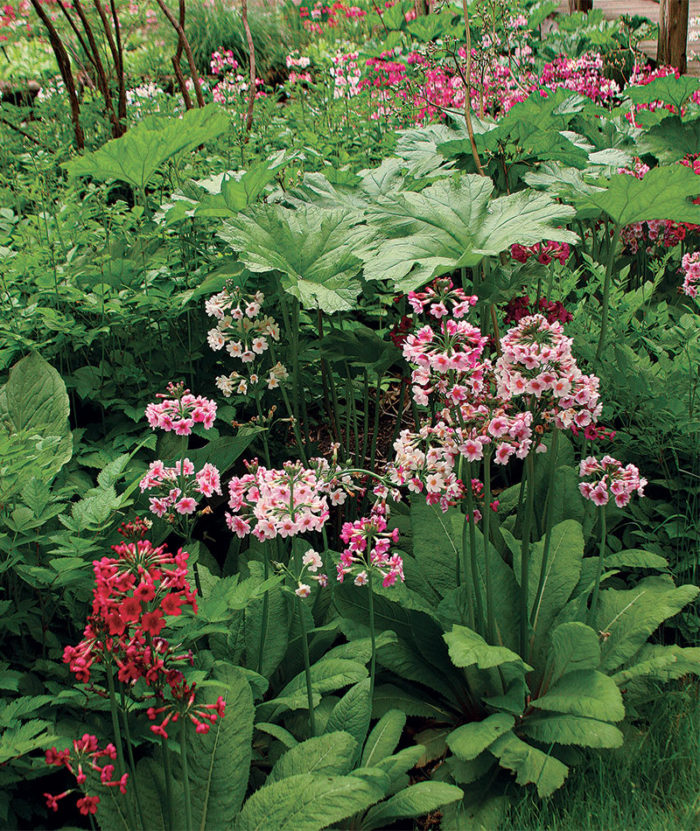
Spring is a magical time. Our winter-weary spirits lift as hints of green begin to appear. We notice even the smallest patches of snowdrops and crocuses as we drive by at 55 miles per hour. The first daffodil sighting is a thrill, and tulips are almost too colorful to bear. The pale chartreuse haze in the trees seems to change to lush, vibrant green overnight, and every new sprout brings delight. It’s the start of another exciting season, and the potential and possibilities for our gardens seem boundless.
If you revel in springtime and think of it as more than just a time to plant, you’ll love these combos that kick off the season in style. They’ll lure you outside as soon as the mercury starts to rise, get your blood pumping, and keep you company as you start to plan and plant.
Flaunt them by the waterside
If you live by a pond or stream, then you have the perfect spot for a sweep of moisture-loving primroses. In a wilder setting, like this, fading foliage isn’t as much of an issue, but in this planting, the broad, umbrella-like leaves of darmera begin to peak as the primroses fade, providing a new focal point for the rest of the season.
1. Darmera (Darmera peltata, USDA Hardiness Zones 5–9)
2. Japanese primroses (Primula japonica cvs., Zones 4–8)
Leonard J. Buck Garden, Far Hills, New Jersey
This classic daffodil is what we envision in our minds when someone says “daffodil.” It’s big, bright, and happy. Underplanting it with the speckled leaves and pink and purple blooms of a lungwort makes it pop even more.
1. ‘Carlton’ daffodil (Narcissus ‘Carlton’, Zones 3–9)
2. Lungwort (Pulmonaria cv., Zones 2–8)
New Jersey Botanical Garden, Ringwood, New Jersey
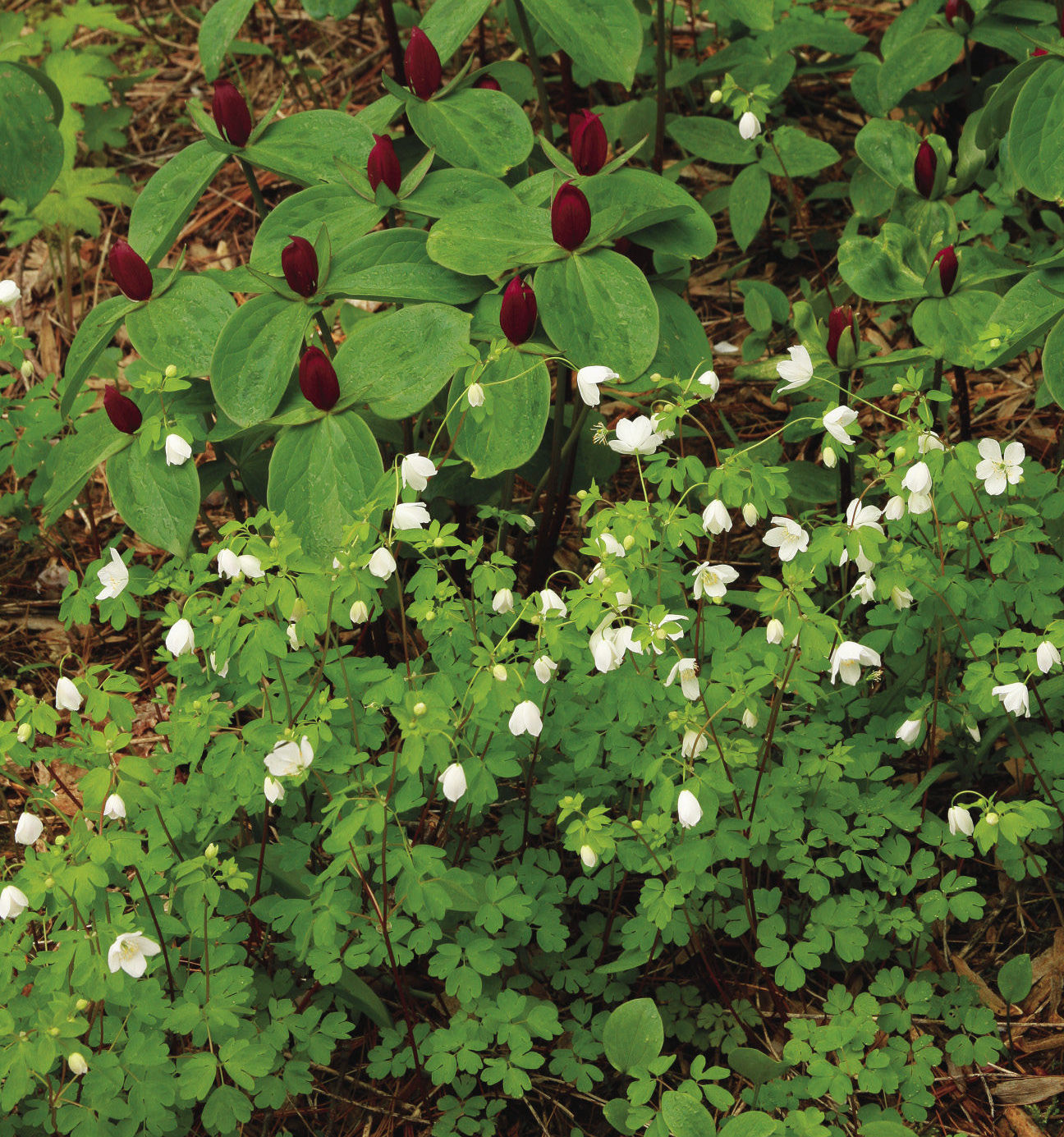
Deep purple-red flowers are an oddity in spring, so if you prefer blooms on the dramatic side, purple wakerobin is for you. This plant usually goes dormant by midsummer, so plan accordingly. Also, consider pairing it with a plant that has a contrasting color—like the white flowers of this false rue anemone—to draw attention to wakerobin’s dark flowers, which could easily get lost in the shade.
1. Purple wakerobin (Trillium recurvatum, Zones 5–8)
2. Eastern false rue anemone (Isopyrum biternatum, Zones 3–8)
Chanticleer, Wayne, Pennsylvania
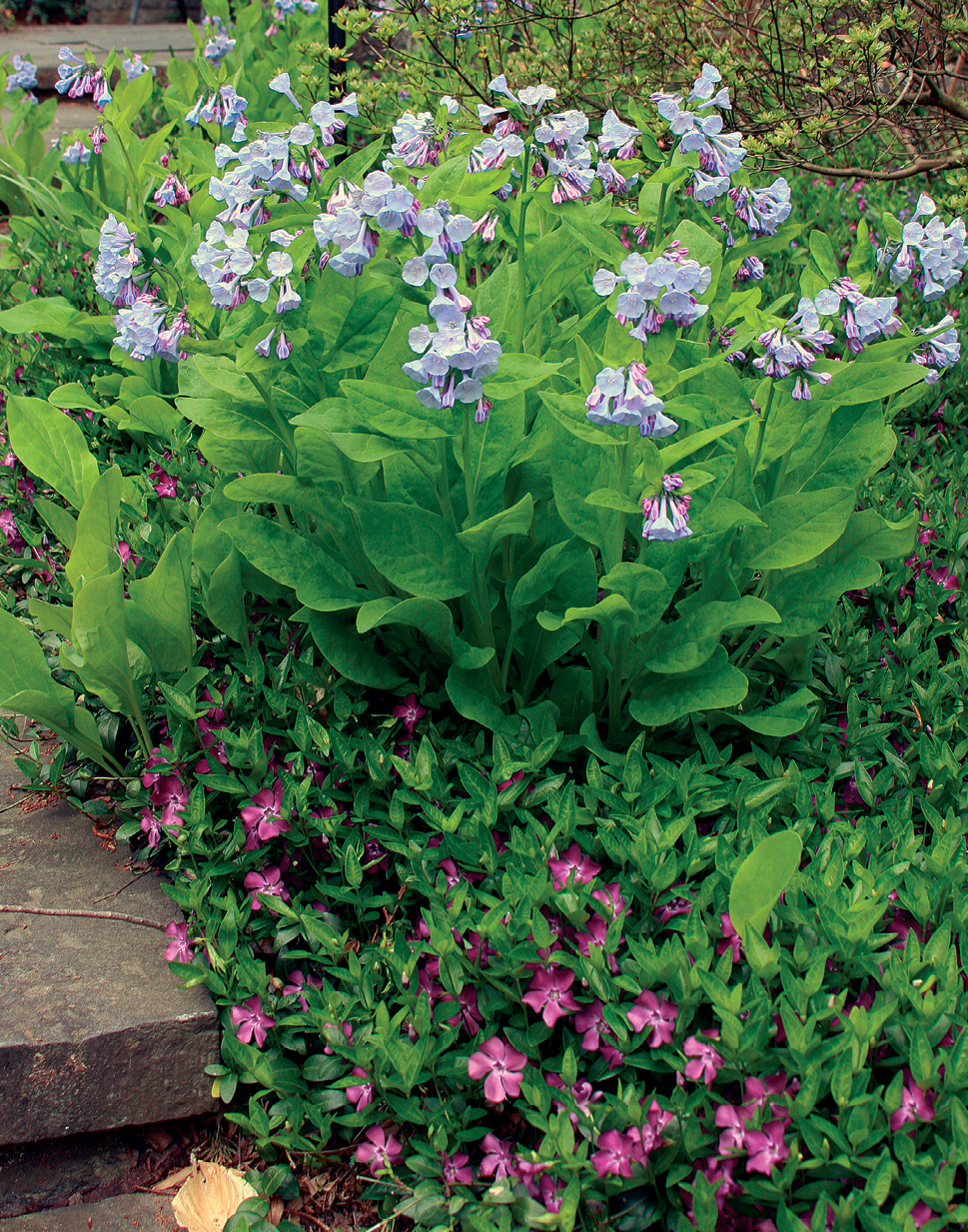
Pink buds offer opportunities for color combos
The flowers of Virginia bluebell get their two-toned effect from their pink buds and pale blue flowers, which appear at the same time. Highlight the small buds by choosing a companion with pink flowers, like this magenta-flowered creeping vinca.
1. ‘Coral Bells’ azalea (Rhododendron ‘Coral Bells’, Zones 5–9)
2. Virginia bluebell (Mertensia virginica, Zones 3–7)
3. ‘Atropurpurea’ creeping vinca (Vinca minor* ‘Atropurpurea’, Zones 4–9)
Winterthur Museum, Garden and Library, Wilmington, Delaware
*See invasive alert below.
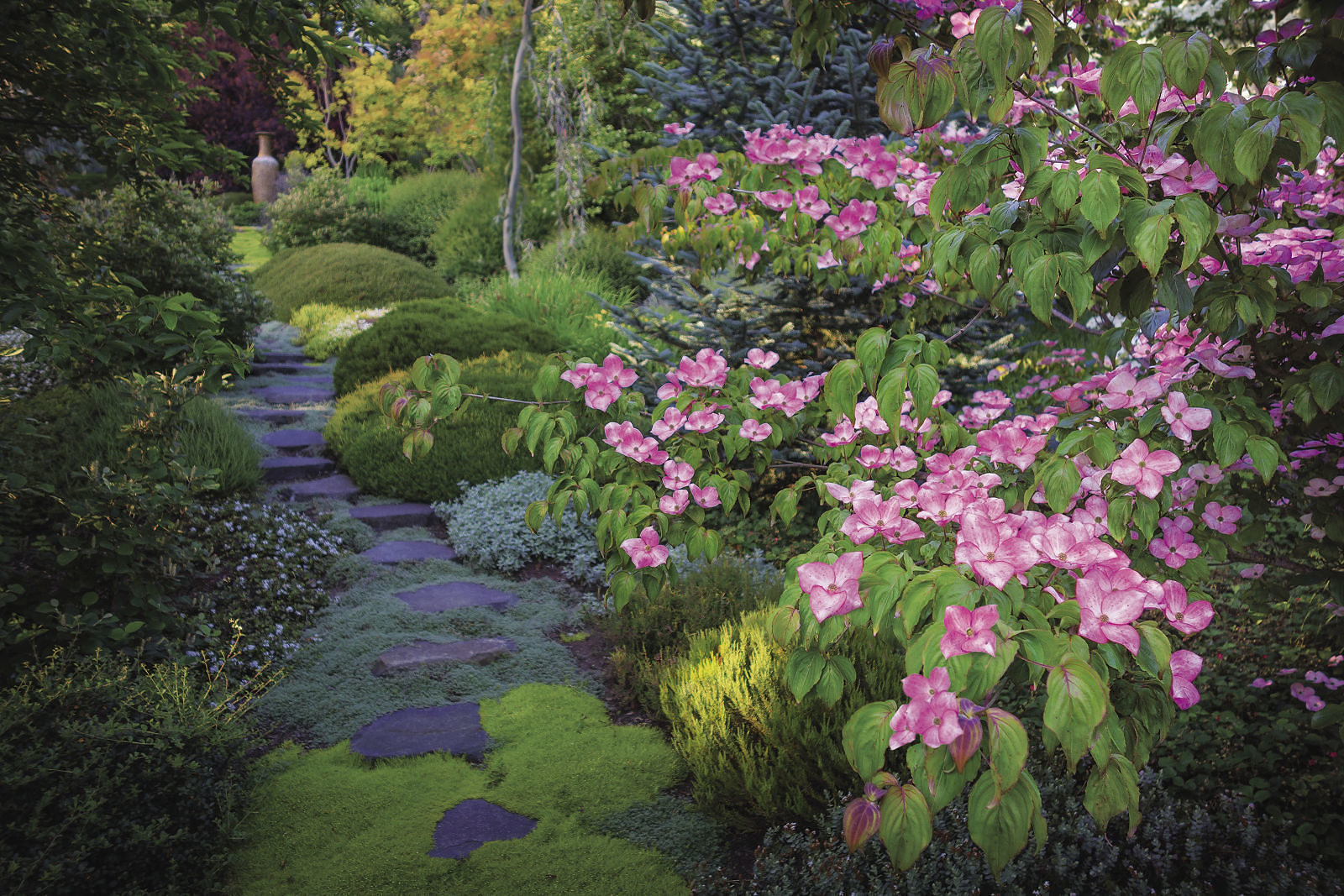
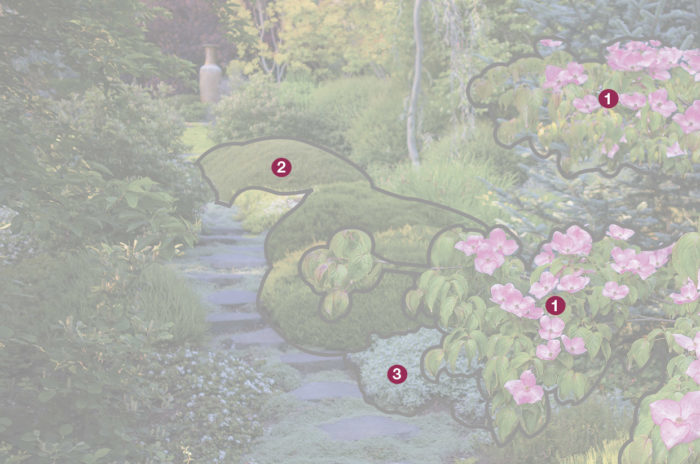
Enliven a green scene
After all the drab colors of winter, the greens of spring are a joyous sight. But even that joy can be improved with some bright shots of color. Placed as it is on this path, this dogwood offers cheery pink flowers that can be seen no matter what direction you are going, brightening up the abundance of lush green growth.
1. ‘Heart Throb’ dogwood (Cornus kousa ‘Heart Throb’, Zones 5–8)
2. ‘Myretoun Ruby’ winter heath (Erica carnea ‘Myretoun Ruby’, Zones 5–8)
3. Cobweb spiderwort (Tradescantia sillamontana, Zones 8–11)
Albers Vista Gardens, Bremerton, Washington

Fabulous foliage too?
Of the few people who aren’t fans of irises, most lament the plant’s short season of allure. After the blooms fade, the remaining spears of foliage can be floppy and uninteresting. But variegated irises are sure to win over the naysayers. This iris’s yellow-striped blades are even more compelling than its flowers because they contribute interest to the garden long after the flowers have faded.
1. Coppertina™ ninebark (Physocarpus opulifolius ‘Mindia’, Zones 3–8)
2. Blue lyme grass (Leymus arenarius, Zones 4–10)
3. Arkansas bluestar (Amsonia hubrichtii, Zones 5–8)
4. ‘Aurea Variegata’ iris (Iris pallida ‘Aurea Variegata’, Zones 4–9)
5. ‘Morris Midget’ boxwood (Buxus microphylla var. japonica ‘Morris Midget’, Zones 6–9)
Cylburn Arboretum, Baltimore, Maryland
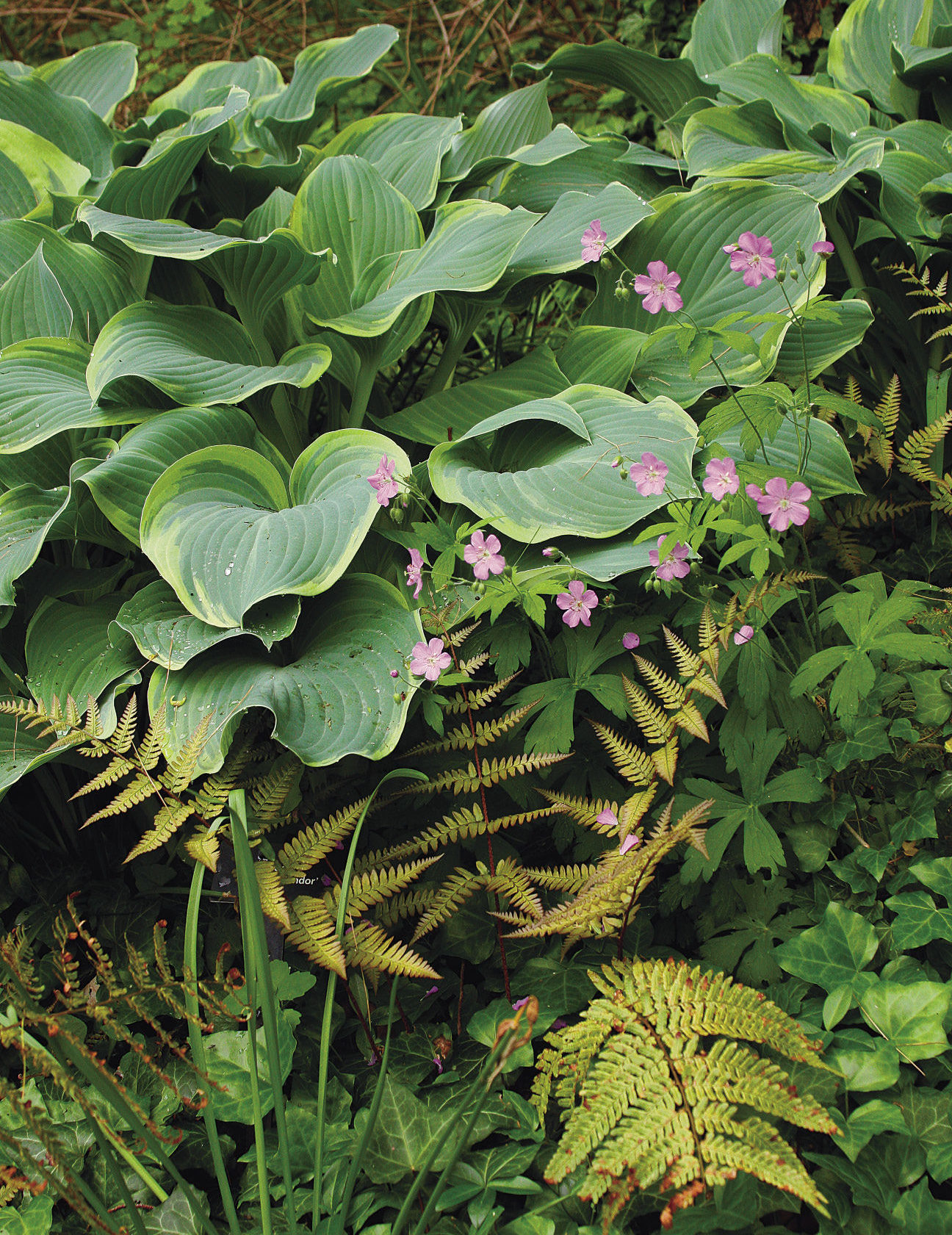
Spotted geranium is loose and easygoing
This might not be the flashiest hardy geranium out there, but it just might be the easiest to grow. This native plant is tolerant of shade, sun, and deer, and its delicate, pale pink flowers are charming and airy. Use it to soften bolder plants, and allow it to naturalize over time and visually knit a planting together.
1. ‘Regal Splendor’ hosta (Hosta ‘Regal Splendor’, Zones 3–9)
2. Spotted geranium (Geranium maculatum, Zones 4–8)
3. Autumn fern (Dryopteris erythrosora, Zones 5–9)
4. English ivy (Hedera helix* cv., Zones 5–11)
5. ‘Jenny’ daffodil (Narcissus ‘Jenny’, Zones 3–9)
Leonard J. Buck Garden, Far Hills, New Jersey
*See invasive alert below.
Tip: Divide irises after they bloom
Most perennials should be divided in early spring or fall, but irises should be treated more like bulbs: Dig them up after the blooms have faded, separate the rhizomes, and replant them promptly. They’ll use the rest of the season to settle back in and store up energy for the following spring’s blooms.
Photos, except where noted: Michelle Gervais
*Invasive alert: Vinca (Vinca minor)
This plant is considered invasive in AL, DE, GA, IN, KY, OR, PA, SC, TN, and VA.
Invasive alert: English ivy (Hedera helix)
This plant is considered invasive in AK, AL, AR, CA, GA, IN, KY, MD, NC, NJ, OR, PA, SC, TN, VA, WA, and WV.
Please visit invasiveplantatlas.org for more information.
Fine Gardening Recommended Products
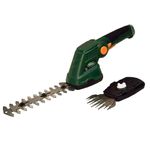
Scotts Cordless Grass-Shear/Shrub-Trimmer Combo
Fine Gardening receives a commission for items purchased through links on this site, including Amazon Associates and other affiliate advertising programs.
- 13.5 x 3 x 5 inches
- Uses a 7.2-Volt 2Ah high-capacity built-in lithium-ion battery; Includes a fast charger

The Crevice Garden: How to make the perfect home for plants from rocky places
Fine Gardening receives a commission for items purchased through links on this site, including Amazon Associates and other affiliate advertising programs.

Berry & Bird Rabbiting Spade, Trenching Shovel
Fine Gardening receives a commission for items purchased through links on this site, including Amazon Associates and other affiliate advertising programs.


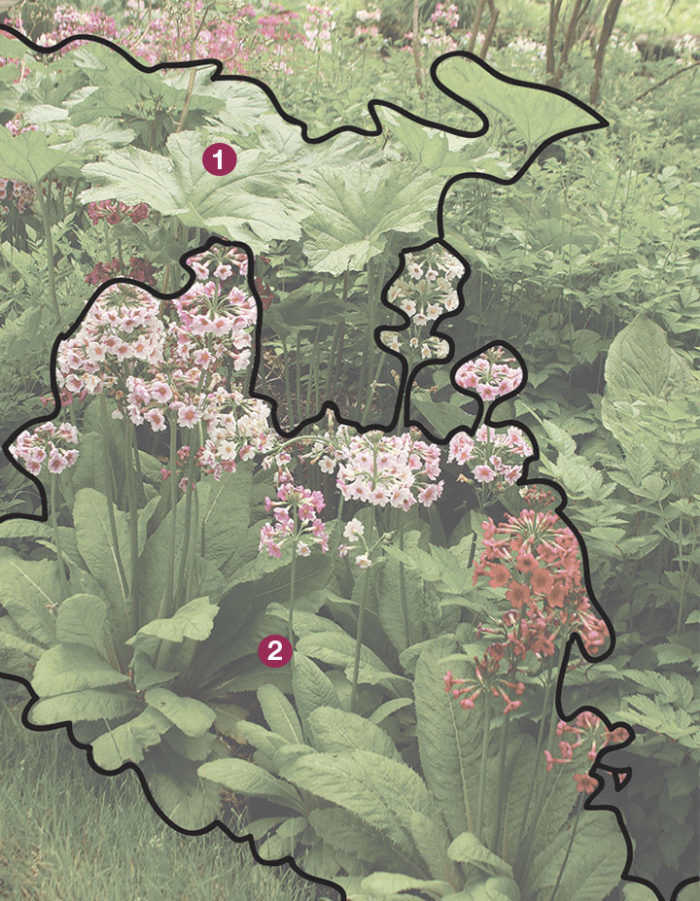
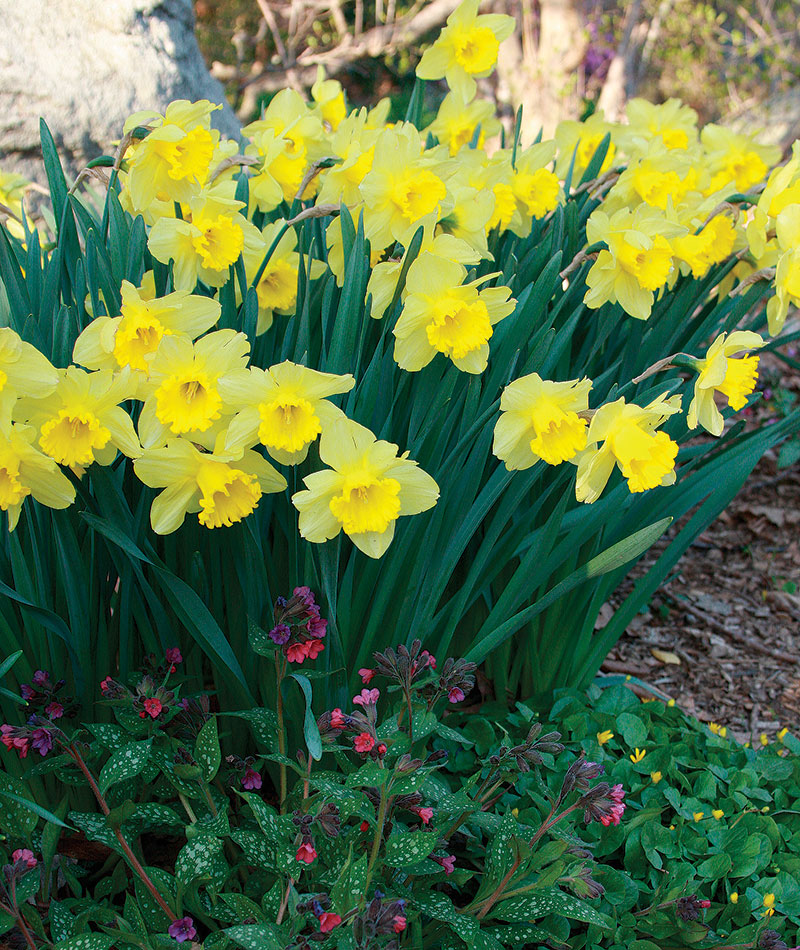
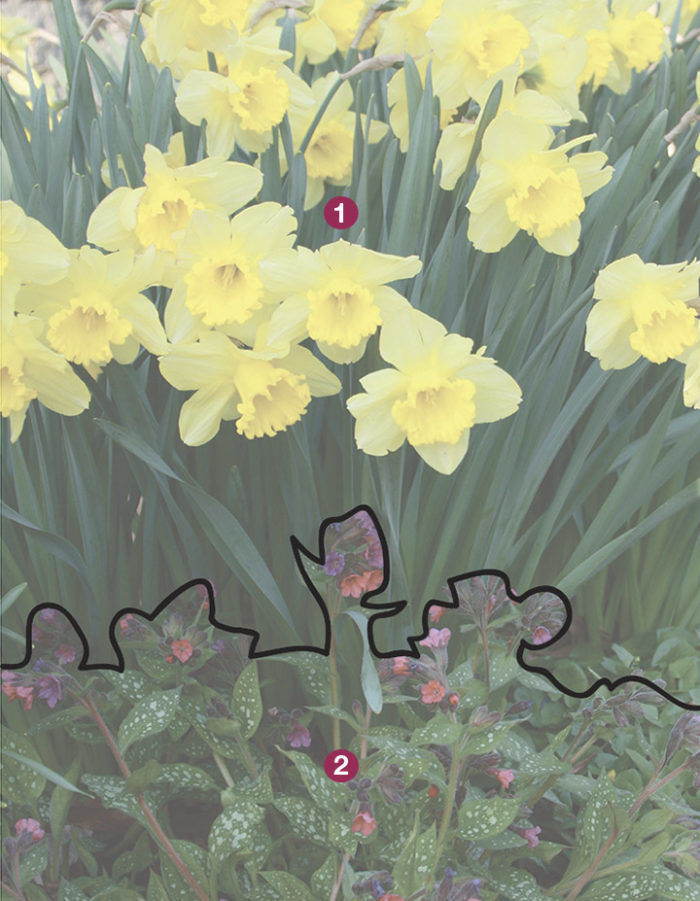
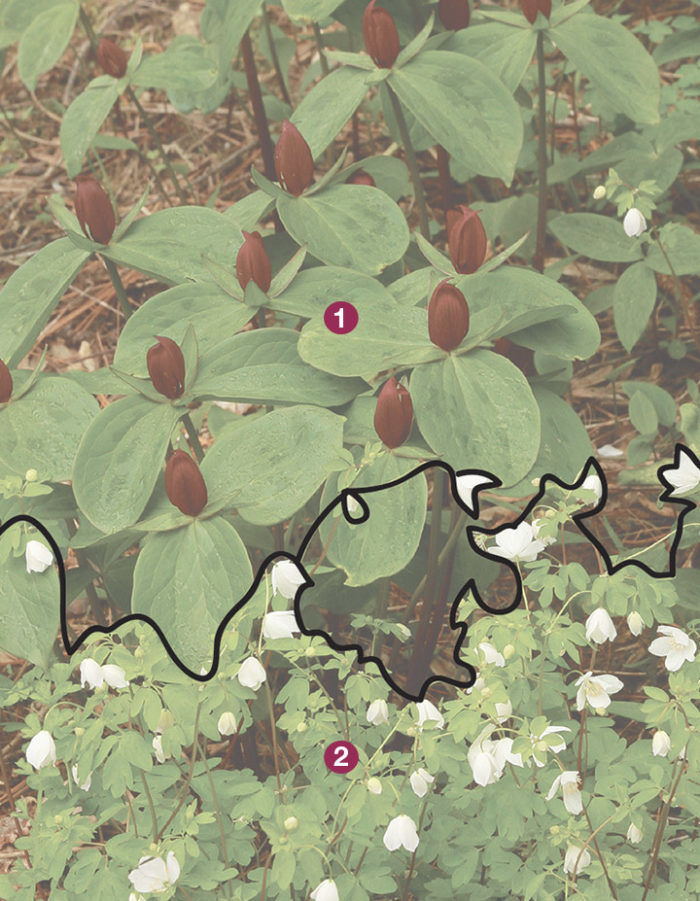

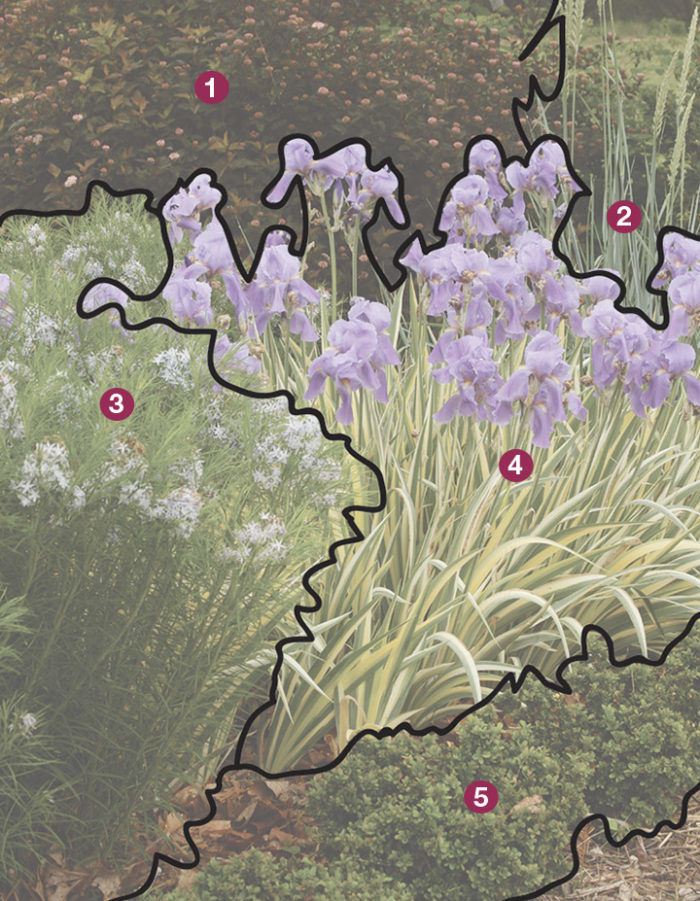
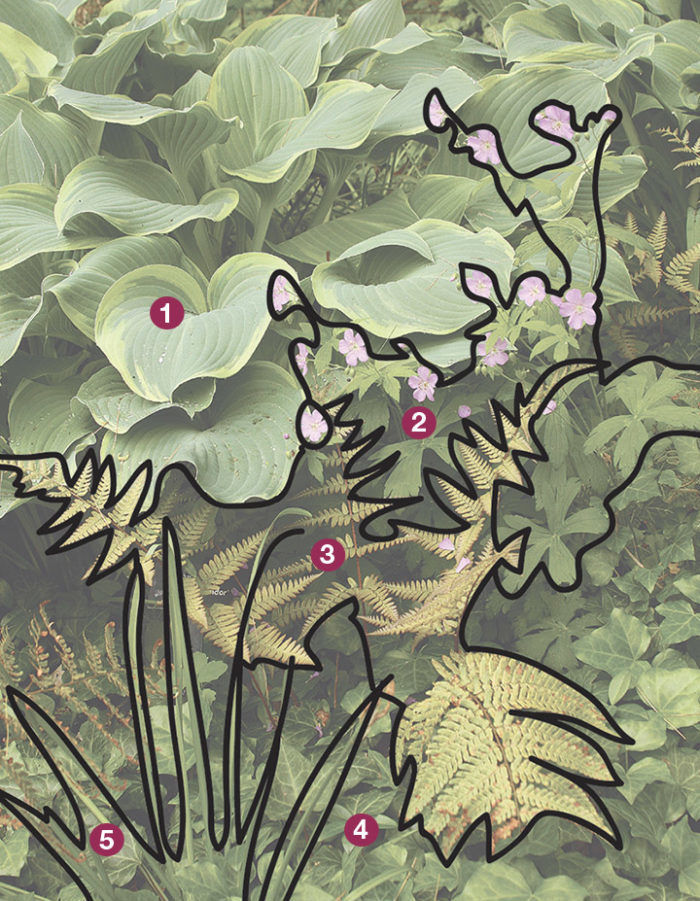

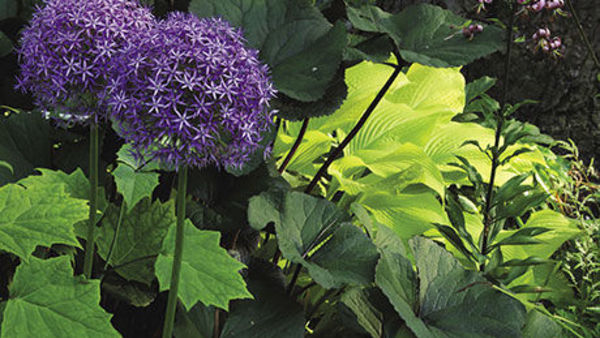
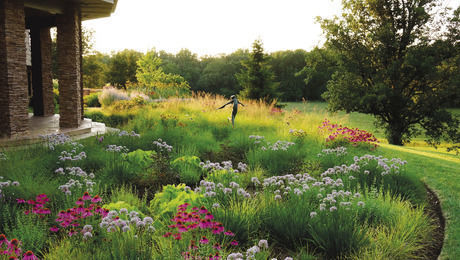
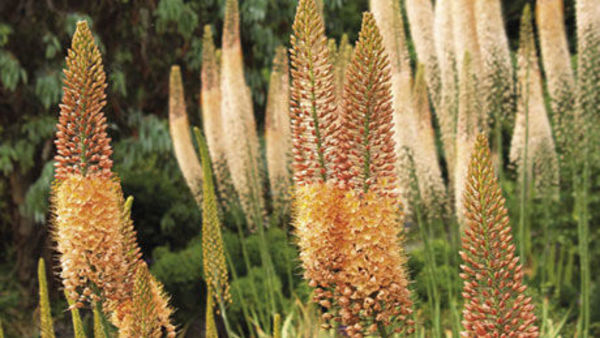













Comments
Log in or create an account to post a comment.
Sign up Log in